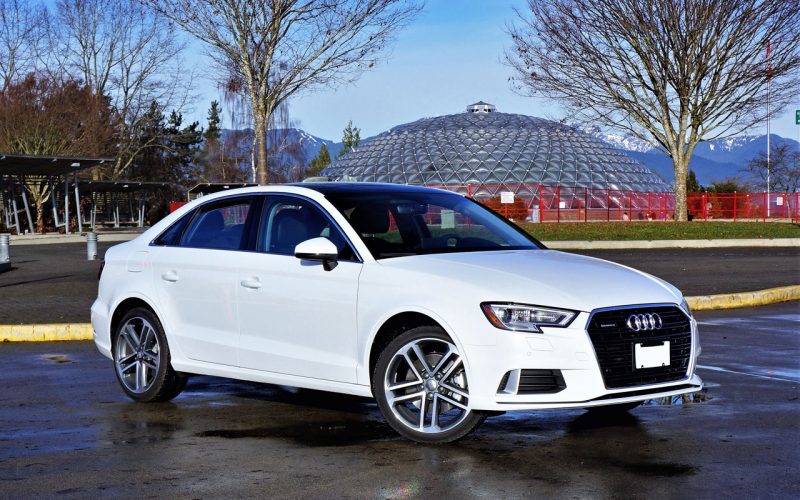
Reading Time: 11 minutesIn a market that’s constantly talking big about SUVs and simultaneously downplaying the popularity of traditional
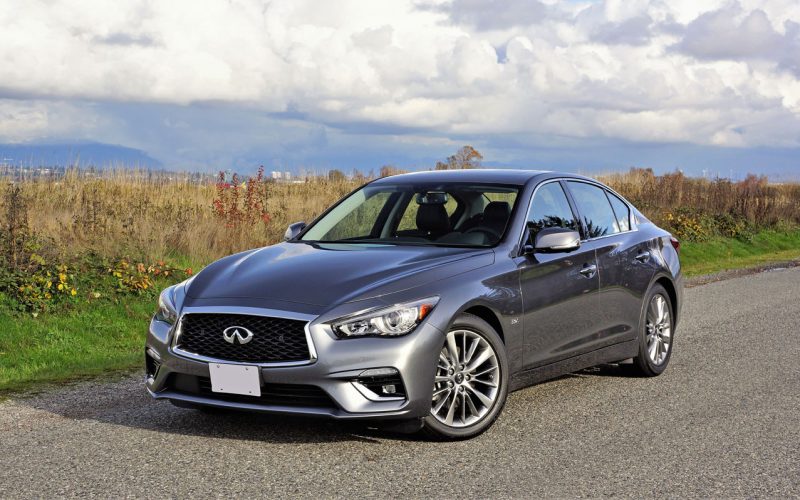
Reading Time: 12 minutesInfiniti gave its popular Q50 sport-luxury sedan a mid-cycle makeover for 2018, and while the refresh
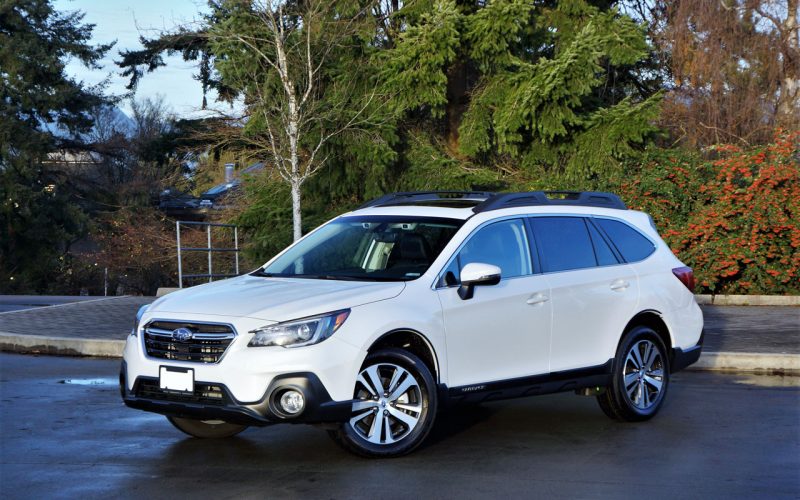
Reading Time: 11 minutesSales of the Subaru Outback have been on an upward trajectory over the past five years,
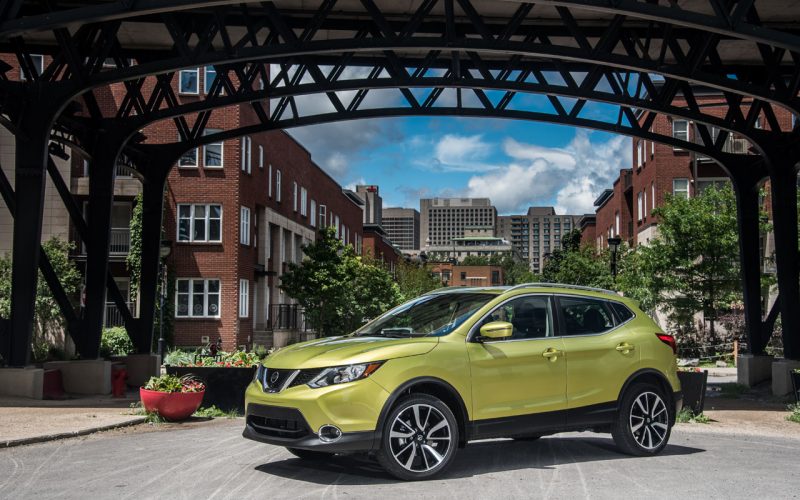
Reading Time: 3 minutesNissan Canada just announced that its semi-autonomous “hands-on-wheel” ProPilot Assist technology will be added to its
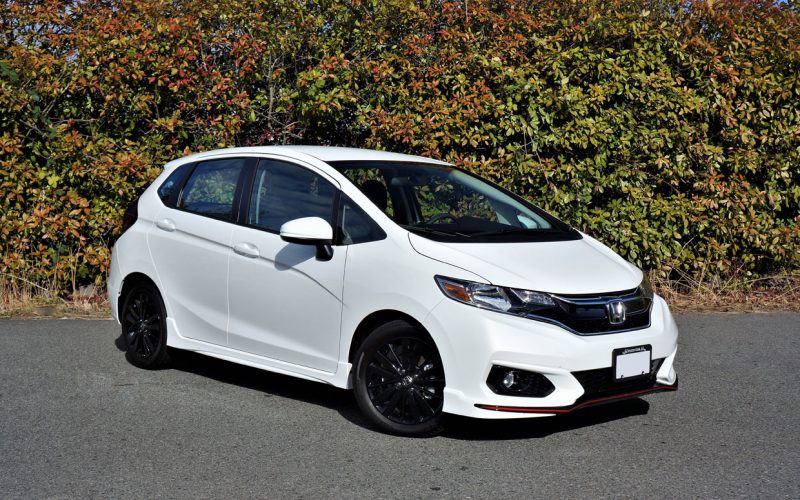
Reading Time: 10 minutesHonda’s Fit has always been a personal favourite in the subcompact class. Its hatchback design is
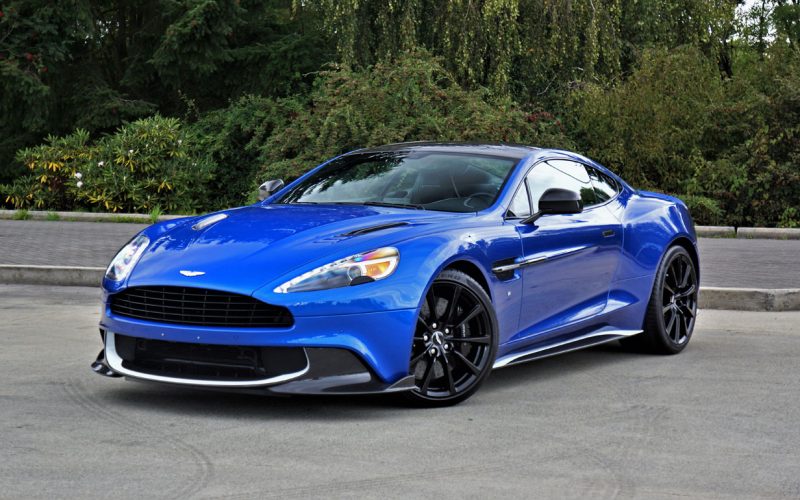
Reading Time: 9 minutesIs there a more beautiful grand touring car on the planet? Certainly the all-new DB11 will
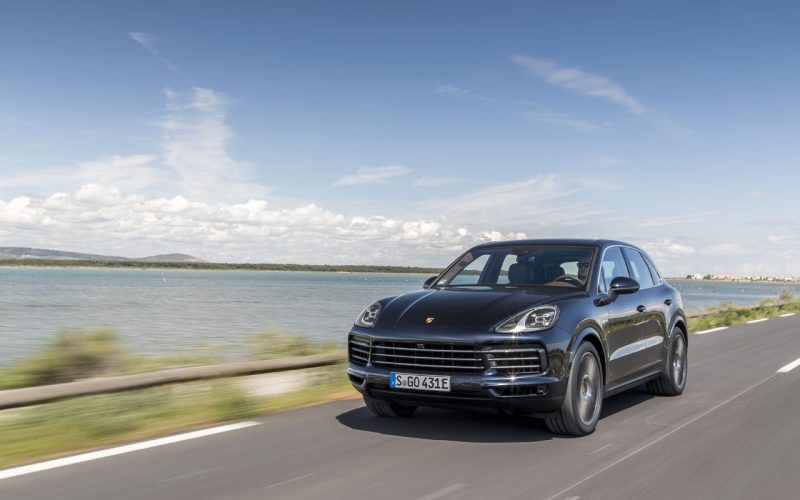
Reading Time: 7 minutesHybrids are boring. Such has been the steady mantra from performance enthusiasts since Honda and Toyota
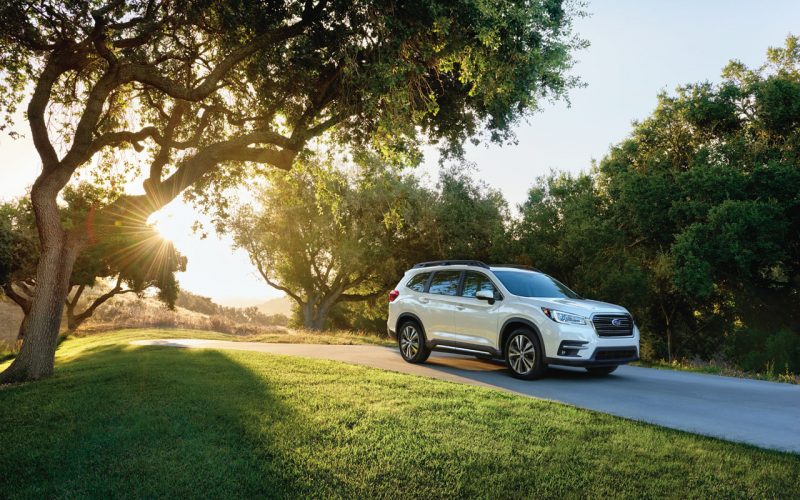
Reading Time: 7 minutesThe all-new 2019 Ascent is the biggest thing to ever hit a Subaru dealership, and it
© 2025 The Car Magazine. All Rights Reserved, Privacy Policy | Terms of Use